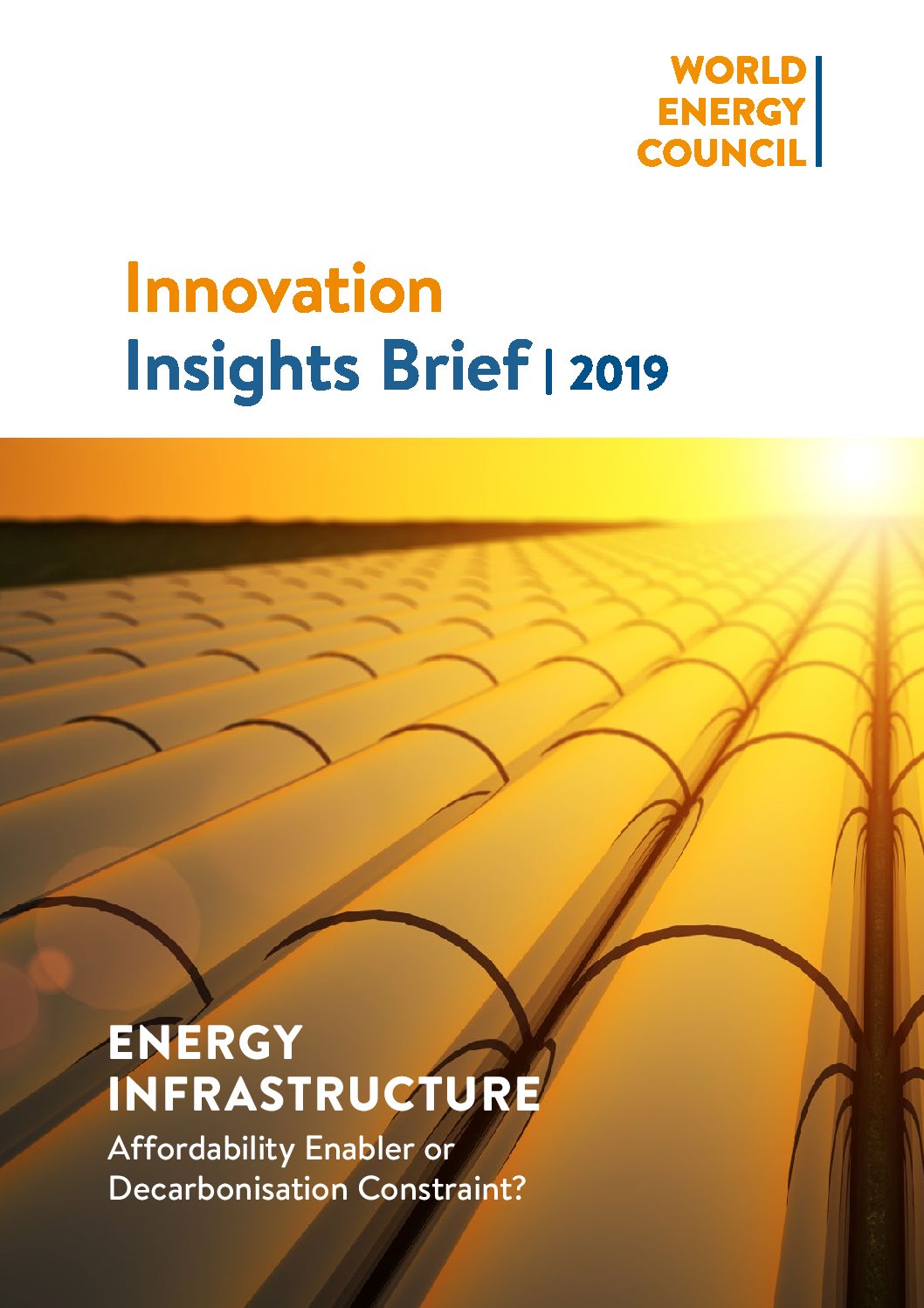Existing energy infrastructure has been built over many decades to support conventional energy uses including coal, nuclear, oil and natural gas. The rapid transition to a decarbonised energy system implies that some existing infrastructure will be either stranded or decommissioned early, therefore creating a need to assess and minimise the cost as well as mitigating the risk of cascading impacts. Consequently, the way we manage existing infrastructure will both affect and be affected by the chosen transition paths to decarbonisation. These choices determine the speed of decarbonisation and the affordability of the whole system transition. Existing infrastructure can play a big role, but there is a lack of coordinated vision of how infrastructure would fit into the broader energy transition agenda.
The World Energy Council has developed a set of principles for designing an Infrastructure Action Plan to ensure that decommissioning, stranded assets and/or repurposing does not become a barrier to affordable decarbonisation. These principles are based on deep-dive interviews with energy leaders from around the world, supplemented with research.
While the focus of this brief is existing infrastructure, a complimentary brief will be developed with the support and contribution of the global community, to plan for the new energy infrastructure associated with the growth and eventual dominance of new energies.
